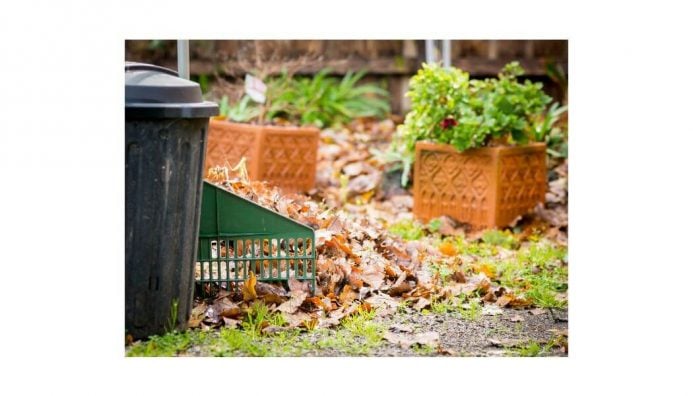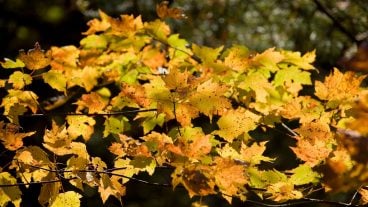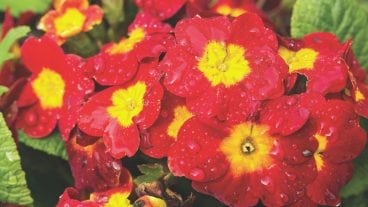Butler County Grow and Know Event
Learn how to plant and pot your own herbs Wednesday, May 14, 2025 at 6:30 p.m. at Garver’s Family Farm Market.
Read MoreBy now you have already purchased your live Christmas tree and brought it home. Until you’re ready to bring the tree in the house, make sure you store it in an outdoor location where the tree is sheltered from wind but still receives good light. Store it for about three to four days before you bring it indoors.
Once you bring the tree inside, place it in the coolest location in your house away from heating vents that will quickly dry it out. Protect the health of your tree by keeping the root ball consistently moist during the holidays. Your tree can easily absorb up to a gallon of water each day in the warm, dry conditions inside your home. Never add any nutrients or fertilizers to your waterings as they may initiate growth you want to prevent in a dormant tree. You can purchase a bucket or tub to hold the root ball. A bucket or tub that fits the root ball tightly will hold the tree upright and hold water to keep the root ball moist. This will also be much easier than balancing the root ball on a tree stand meant for cut trees. Keep your balled Christmas tree indoors for absolutely no more than 10 days, and preferably no more than four to seven days.
Now, when your tree was dug it was beginning to go dormant. After one to two weeks indoors, it will begin reacting to the warmth as if it were spring and may start to grow. It is not recommended to take that tree suddenly outside into the cold weather for transplanting. After the holidays, move the tree back to your sheltered outdoor area so it can readjust to cold weather. The tree needs to be acclimated for about two weeks to readjust back to dormancy. The tree can be transplanted into your pre-dug hole after it has been acclimated to the outdoors.
When you are ready to transplant your tree, remove it from its container. If the tree is balled and burlapped, loosen the burlap wrapped around the ball but try to leave the burlap in place around the roots. Only remove the burlap if it has been treated and be careful not to disturb the soil around the roots. Place your tree in the hole and remove any wire cage surrounding the root ball from the top to approximately three inches below soil level. Leave the remaining wire cage intact and back fill with the soil you saved when you dug the hole. Gently firm the soil against the root ball as you add it to the hole. After filling the hole, apply a three- to four-inch layer of mulch over the planting hole and several feet beyond the hole.
Water well when planting and be sure to keep the root mass adequately moist for at least the next year, even in the winter. Adequate watering during the first growing season is vital to the tree’s survival. Transplanted trees need at least one year of good care to survive, and your tree will need a good soaking every two weeks in dry weather.
Barbara Arnold is senior horticulturist at Franklin Park Conservatory.


Learn how to plant and pot your own herbs Wednesday, May 14, 2025 at 6:30 p.m. at Garver’s Family Farm Market.
Read More

Sometimes the best course of action is nothing at all. Leave the leaves, forget the garden, and compost the decorations.
Read More

If you have any questions about your gardens, OSU Extension and the Trumbull County Master Gardener Volunteers are here to assist.
Read More

Weather patterns like we are experiencing this year increase the risk of loss for fruit and ornamental crops.
Read More

Groovy Plants Ranch is a retail store and tourist mecca with a huge emphasis on unique and unusual plants.
Read More

Whatever method you choose, understand there is no right way or wrong way to handle leaves each fall.
Read More

Hard work, dedication and concern for others aren’t quaint concepts at Olde Tyme Farms. These principles helped the 20-acre chicken,…
Read More

Gold pocket watches, delicate china and heavenly scented flowers are among the heirlooms passed along from one generation to the…
Read More

A buzz of activity surrounds the lead-up to Memorial Day for nurseries and greenhouses, like bees hovering around the bright…
Read More

In real estate — and home gardening — one thing to remember is location, location, location. The ideal garden spot…
Read More